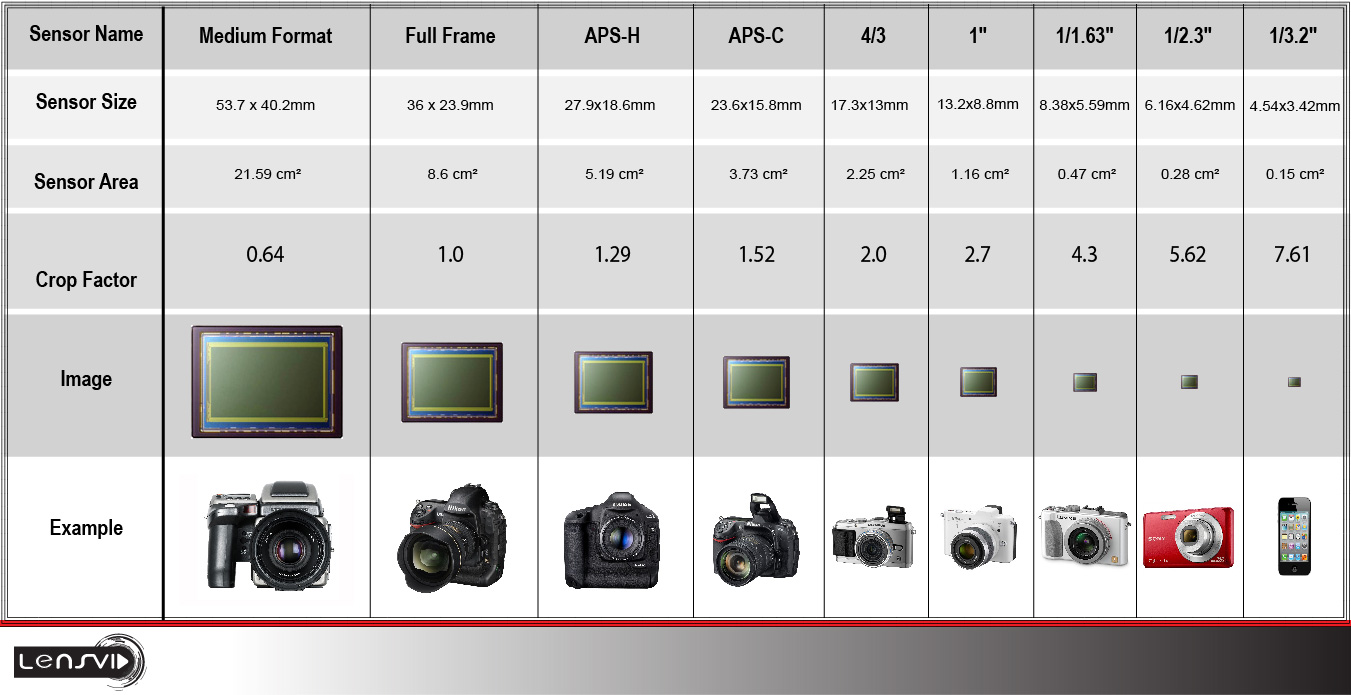HeldInTheMoment said:
Thanks for the replies, I totally understand the difference between FX and DX (APC-S) as well that a lens focal length is the focal length which does not change.
The question was, does a 35mm DX Lens mean it is 35mm on a DX camera? If not, why have the 35mm DX model lens when it is the same focal length as the FX anyway??
First off, there are not all that many DX lenses. DX is Nikon's very own terminology, and most of their lineup of lenses covers 24x36mm. But to answer the question, why have a DX model lens when there is also a lens that covers FX? PRICE POINT is the main answer. Followed by "expected type of customer/user."
Nikon itself for example has never made a single "FX Nikkor"...not one, single lens made by Nikon ever has been listed as an FX...just so we're clear on that. Anyway...Nikon does make a few lenses in both DX versions, and in full-frame-capable versions thatr share focal length--but which are very
low-cost in their DX version, and in some cases, pretty expensive in their full-frame versions.
Case in point, the 35mm f/1.8 DX-Nikkor, and the 35/2 AF-D, 35mm f/1.8 Nikkor, and also the 35mm f/1.4 AF-S G Nikkor versions. Four different 35mm Nikkor lens models, of different ages. One lens is light, plastic-y, and has a number of very significant imaging flaws...but it is under $200 brand-new...and it is in the lineup to attract casual users, beginners, and as part of a system, a sort of brand check-mark box item. Canon has its second-tier 50mm f/1.8 as its noob-attractor", cheapie 50....Nikon has its second-tier 35mm f/ .8 DX to attract beginners who want a prime lens, and want one that costs very few dollars. Both Canon and Nikon also have high-grade, fairly expensive 35mm and 50mm lenses, for working pros,serious enthusiasts, the kind of lens that is as good as it can be, and which will last for 20 years or more.
Moving up....the 85mm DX Nikkor macro lens is affordable, small, and light. Nikon's older 85mm f/2.8 Tilt Shift, and the newer 85mm f/2.8 TS-E macro/tilt-shift: two massive, heavy, HIGH-grade lenses retailing in the 1.5k range....one for lightweight DX body users...the other extreme aimed at very technically astute shooters, and for very exacting uses.
PRICE POINT is the main answer. Followed by "expected type of customer/user." Same goes with the 70-200/2.8 versus the f/4 70-200...


![[No title]](/data/xfmg/thumbnail/39/39469-3f2d242112dec8dc3e7b2836cc85afec.jpg?1734173560)






![[No title]](/data/xfmg/thumbnail/35/35212-039632ef3763350189fc49390cb7eadf.jpg?1734166871)



